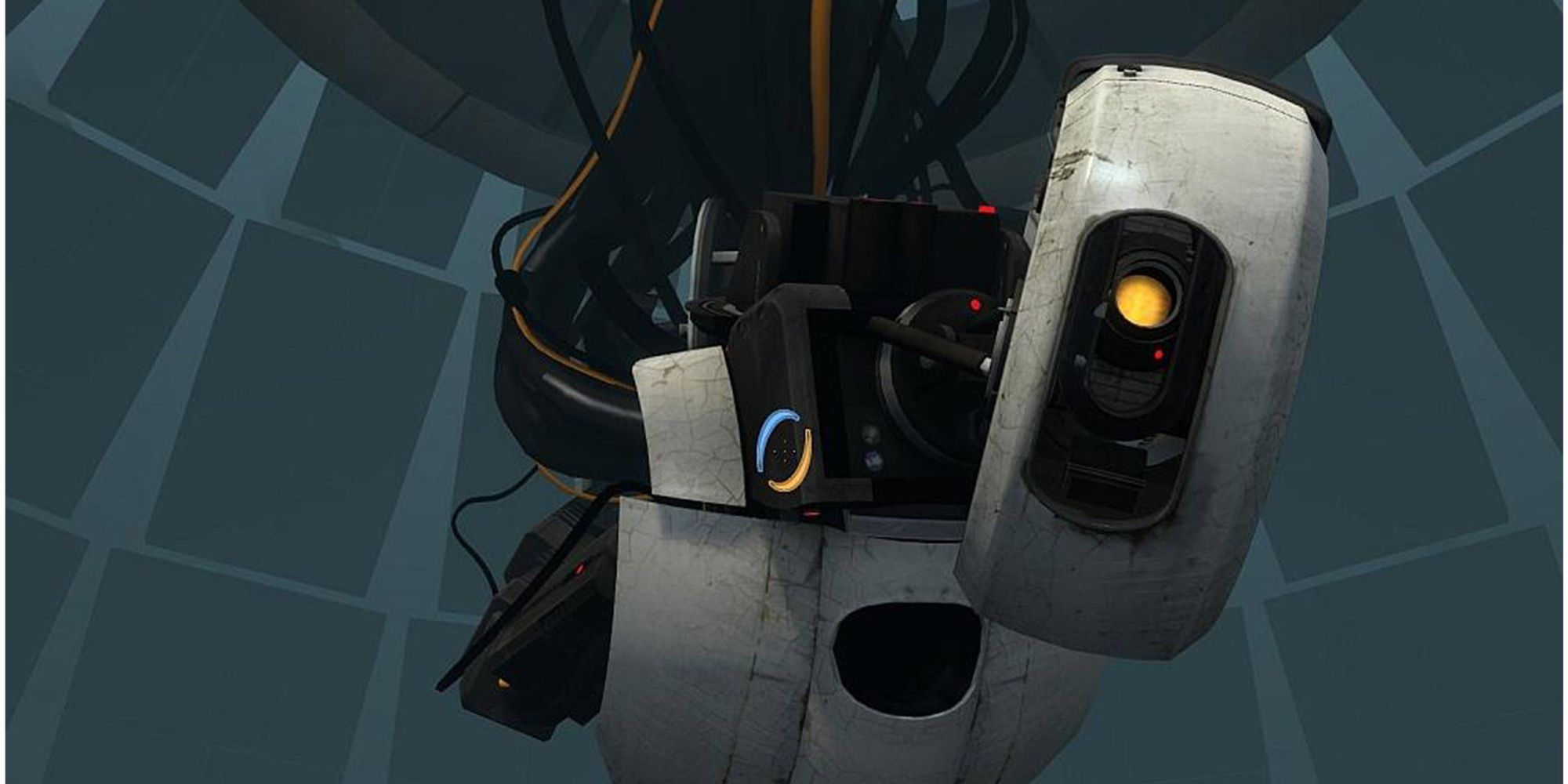

- #Pixel 3 portal 2 image how to#
- #Pixel 3 portal 2 image archive#
- #Pixel 3 portal 2 image full#
- #Pixel 3 portal 2 image registration#
- #Pixel 3 portal 2 image software#
#Pixel 3 portal 2 image archive#
The PS1 archive includes images and catalogs from several defined surveys, including observations of three quarters of the sky ("3PI Survey," which is available in DR1 and DR2) carried out several times per filter and over a four-year time span.PS1 data products are served in an archive operated by the Space Telescope Science Institute (STScI), in Baltimore, Maryland.
#Pixel 3 portal 2 image full#
The full data processing procedures and data products that result from them are described in PS1 data processing procedures. What data is available in DR1 and in DR2? See the PS1 DR2 caveats page for more details. The headers also lack the TIMESYS = 'TAI' keyword, which is important if you care about the image observation dates at an accuracy of 30 seconds. The fix is to insert the keyword RADESYS = 'FK5' in the header.
#Pixel 3 portal 2 image software#
The full skycell FITS images do not have a RADESYS keyword, which leads some software (including DS9 v8) to incorrectly interpret the coordinates as being equinox 1950 rather than equinox 2000. The files also use the tile-compressed image format. The fluxes have been non-linearly scaled using an asinh transformation.
#Pixel 3 portal 2 image registration#
Some images near the celestial pole have registration issues that lead to poor photometry and astrometry.The catalog quantities are more accurate due to post-image-processing improvements. The astrometric and photometric keywords in the image headers are slightly inconsistent with the astrometry and photometry for catalog objects.

The stack positions (raStack, decStack) have considerably larger systematic astrometric errors than the mean epoch positions (raMean, decMean).These are expected to be filled in during the coming months. Approximately 4.9 square degrees (0.016% of the survey area) has sources that are missing due to various issues in the database population procedures.Users of the current PS1 DR2 data should be aware of a few issues and inconsistencies in the data. Note that all of these allow programmatic scripted access, and there are sample Python Jupyter notebook scripts.
#Pixel 3 portal 2 image how to#
See How to retrieve and use PS1 data for more information on these access mechanisms. The current PS1 data release is DR2 (2019 January 28.) Use the following links to jump right to the MAST PS1 Science Archive interfaces and get started using PS1 data! PS1 Object Catalog Search: PS1 Image Cutout Server: PS1 Casjobs SQL Server: Quick links to the MAST PS1 Archive User Interface: The web site for Pan-STARRS in Hawaii also describes the project. Additional support for the PS1 public science archive is provided by the Gordon and Betty Moore Foundation.

The data from PS1 are archived at the Space Telescope Science Institute (STScI) in Baltimore Maryland, and can be accessed through MAST, the Mikulski Archive for Space Telescopes. The PS1 consortium is made up of astronomers and engineers from 14 institutions from six countries. The PS1 Science Consortium funded the operation of the Pan-STARRS1 telescope, situated at Haleakala Observatories near the summit of Haleakala in Hawaii, for the purposes of astronomical research. The PS1 survey used a 1.8 meter telescope and its 1.4 Gigapixel camera (GPC1 see PS1 GPC1 camera) to image the sky in five broadband filters (g, r, i, z, y). Pan-STARRS1 (PS1) is the first part of Pan-STARRS to be completed and is the basis for both Data Releases 1 and 2 (DR1 and DR2). Pan-STARRS is a system for wide-field astronomical imaging developed and operated by the Institute for Astronomy at the University of Hawaii. More complete information is provided on linked pages (see below).

This page provides a brief summary of the facilities and data products to guide Pan-STARRS archive users. Welcome to the starting point for access to data from the Panoramic Survey Telescope and Rapid Response System (Pan-STARRS).


 0 kommentar(er)
0 kommentar(er)
